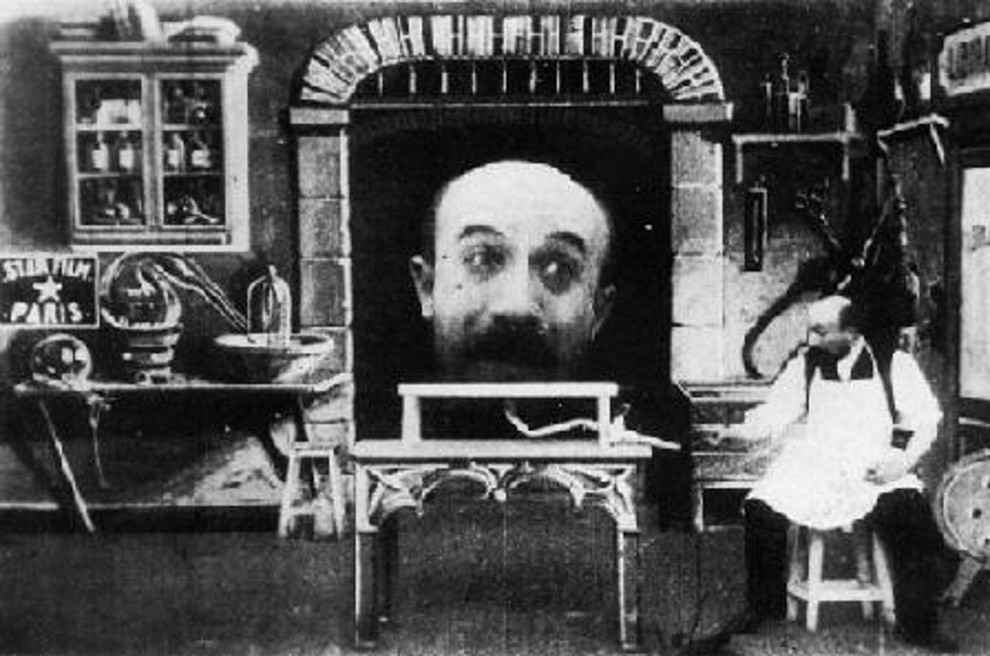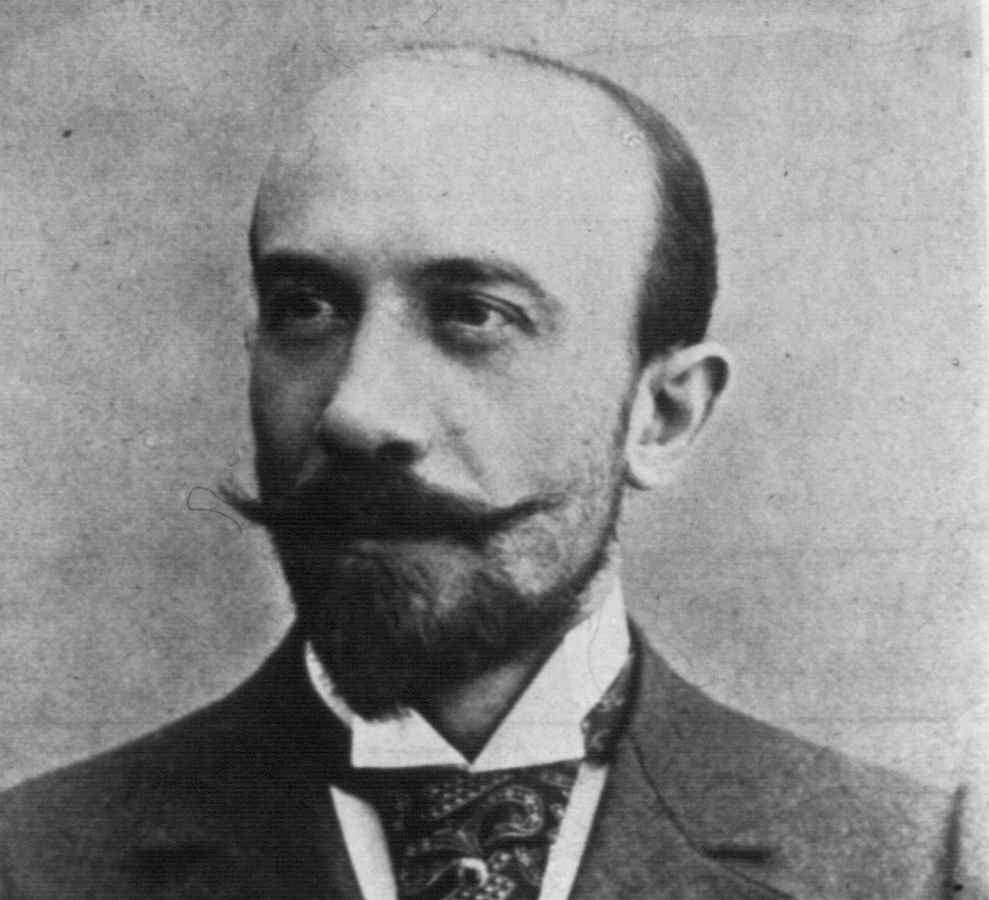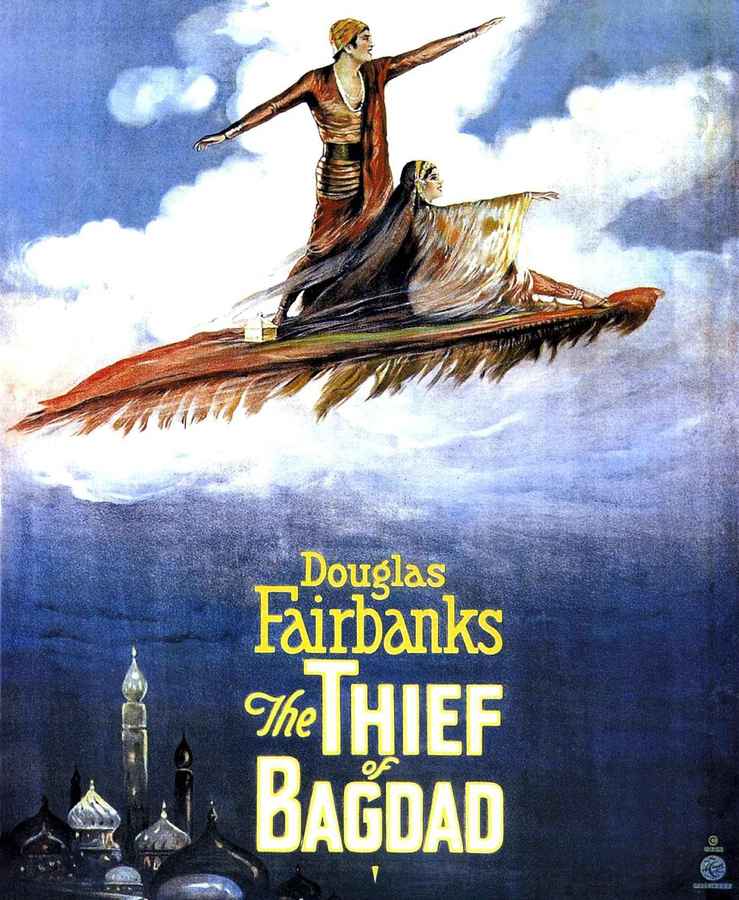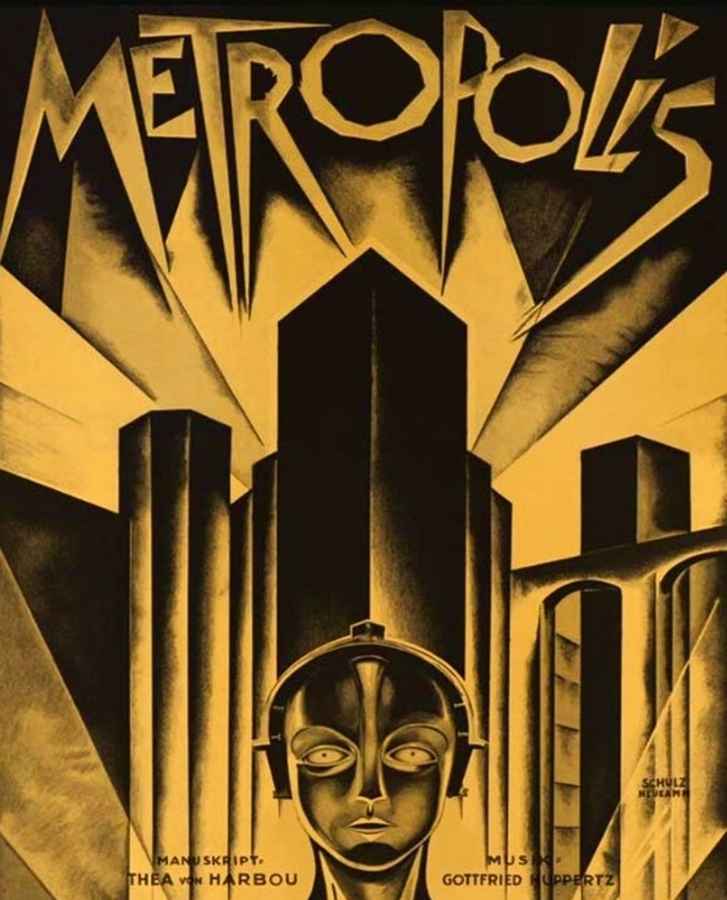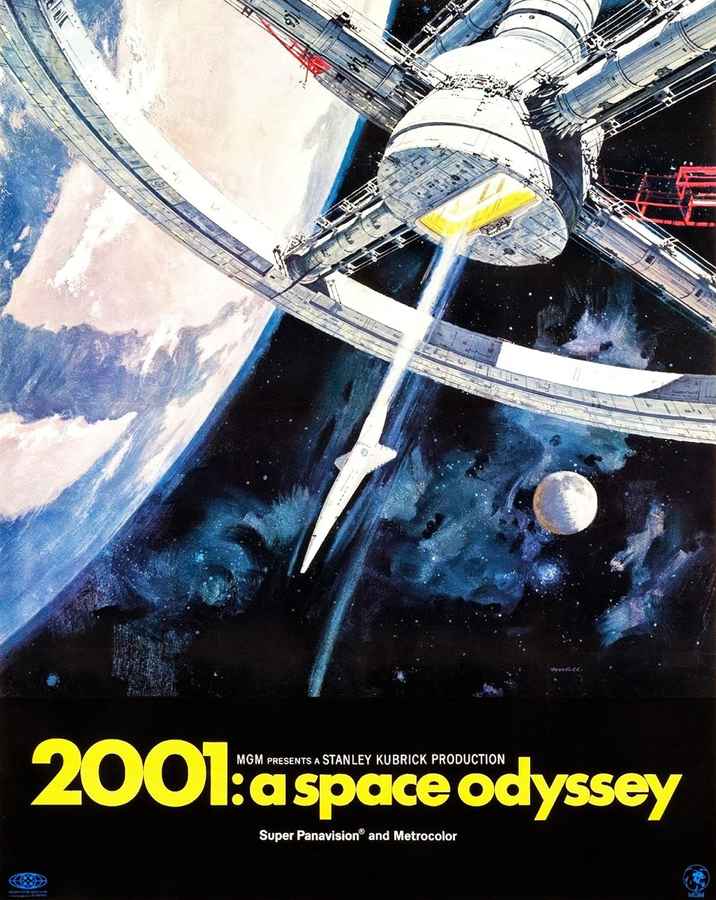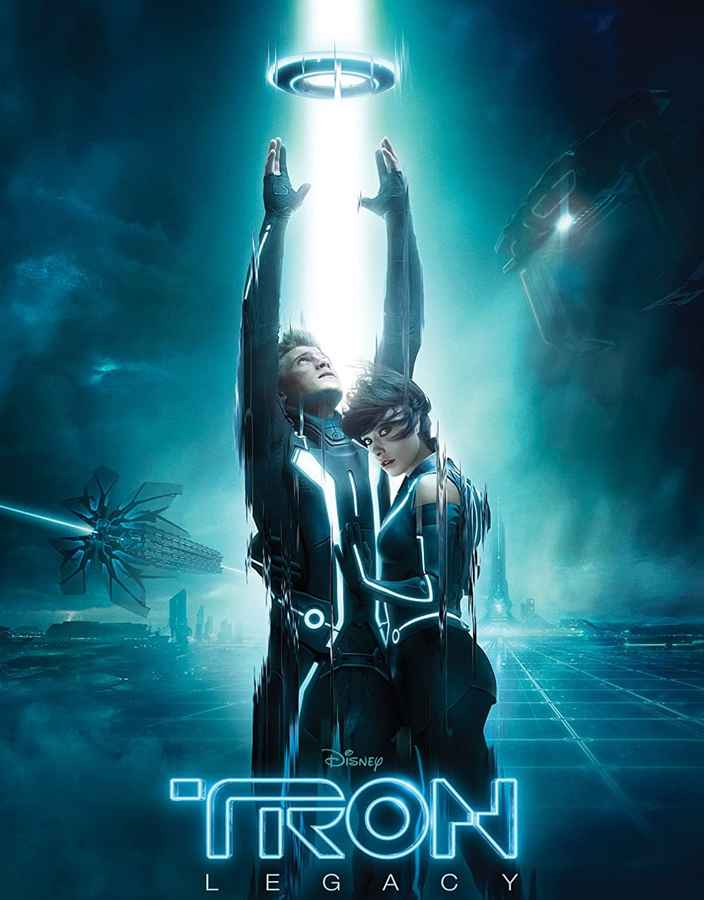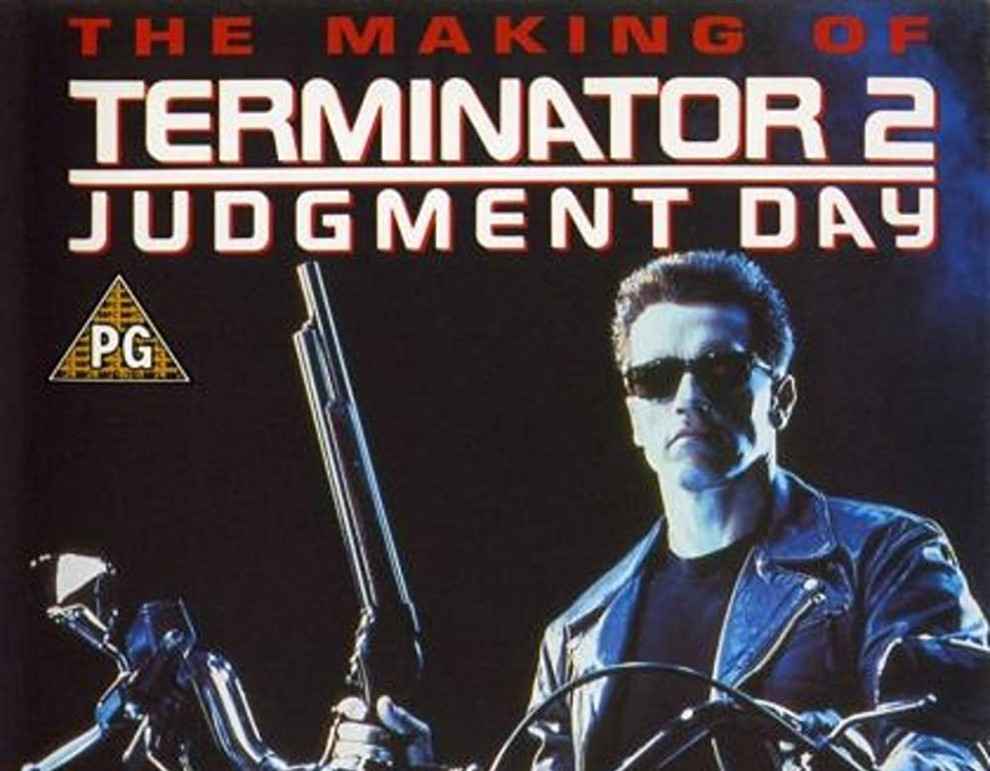Origins of VFX
In this article, we look at the origins of Visual Effects, also known as VFX.
VFX has become a necessity in modern movies.
The first-ever usage of special effects was done in 1857.
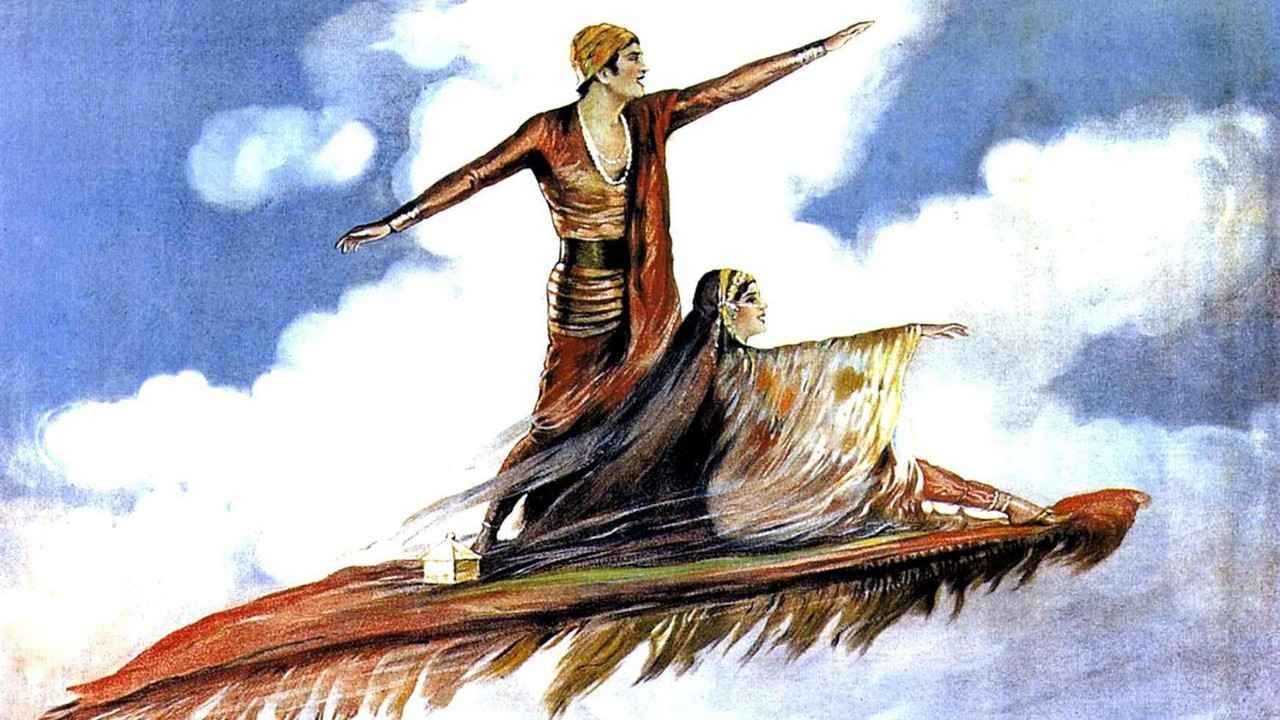
This time around, we’ve got an interesting one for you guys, instead of low-key important hardware, here’s something you’ve all definitely seen and is a vital part of what makes the Marvel movies so great! Yes indeed, it’s Visual Effects!
 Survey
SurveyThe First
The first-ever usage of special effects was done by Oscar Rejlander in 1857 by creating an image named “The Man With The Rubber Head”. He did so by combining different sections of 32 negatives into a single image.
Once this was done, We move on to 1895 when Alfred Clark created the first ever motion picture special effect. He was recording a beheading scene of Mary, Queen of Scots. Clark instructed the actress to step up to the stage and then as the executioner brought his axe above his head, Clark stopped the camera, removed the actress, replaced her with a dummy, and then continued filming allowing the executioner to bring his axe down and cut the dummy’s head. This made it seem as though the actress’ head was actually cut off. Such techniques would then continue to dominate the special effects industry for about a century. This trick would soon be known as the “stop trick”. This was not only the first use of trickery in cinema but also the first photographic trickery that was only possible in a motion picture.
Georges Méliès, who was an early motion picture pioneer, accidentally discovered the same “stop trick”.
According to Méliès, his camera jammed while filming a street scene in Paris. When he screened the film, he found that the “stop trick” had caused a truck to turn into a hearse, pedestrians to change direction, and men to turn into women.Méliès, the director of the Théâtre Robert-Houdin, was inspired to develop a series of more than 500 short films, between 1896 and 1913, in the process developing or inventing such techniques as multiple exposures, time-lapse photography, dissolves, and hand painted color.
Because of his ability to manipulate reality with the cinematograph, Méliès is sometimes referred to as the “Cinemagician.”
In films such as Indian Rubber Head (1902) and the 21 minute epic (for the time) A Trip to the Moon (also 1902)
he pioneered a range of VFX techniques such as the split screen / double exposure process, and was very much part of the European movement that saw film as a loose narrative joining together special effects sequences. This was eventually to prove his downfall as audiences started wanting more sophisticated, narratively focussed fare, but over the course of 500 titles and 10 years he pushed the technology as far as any individual in the early period.
The Rise of VFX in Hollywood
While there were advances being made in the world of VFX each coming day, News films in the US were recreating real life events for their growing audiences using models. This saw the rise of classic practical effects such as explosions created using gunpowder, cardboard buildings being burnt, wooden models being pulled along by strings, water pistols being used to recreate the jets from a fire hose and so on. Given, they weren’t very good as a generation of new craftsmen and technicians worked with the new technology but then again, the audience were just as undemanding at the time.
By the 1910s however, everything had started getting a lot more sophisticated. The first VFX specialists started to appear (though they wouldn’t start getting credits until the mid 1920s) and pioneered the use of techniques such as using glass mattes for scene extensions. Industry giants like DW Griffith also started developing the visual language of film using techniques such as shot transitions, iris-in and iris-out for dramatic effect, and so on.
In the 1920s however is when we saw Hollywood really starting to use model effects especially in historical epics such as Ben Hur and the Thief of Baghdad, while Cecil B deMilne led his army of Israelites through sliced walls of double exposed jelly to simulate the parting waters of the Red Sea in The 10 Commandments.
The Future
Through all of this though, the 20’s really belonged to the Germans who were way ahead of their American counterparts in technique and execution, and in particular Fritz Lang’s astonishing Metropolis (1926).
The film is still astonishing after almost an entire century. Lang literally threw all the top technologies of his time into the movie and made sure everything was utilised to its fullest potential and used matte painting, rear projection, compositing techniques, and pushing the art of miniatures further than ever before to make the animated cityscapes of the film’s most impressive opening sequence.
Now came the 1930s, best categorised under the era of cautious progress since it saw the steady development of many dominant techniques such as rear projection, travelling mattes, and miniatures. The technique that was most developed though was rear projection as it steadily grew more and more popular due to the demands of a primitive new technology, ‘Talkies’(yes, that old cinema near your house with talkies in its name once used to be the most advanced theatre in your city) making location filming nigh on impossible. As a result, by the end of the decade, rear projection screens as large as 14.5 m were in use, with the key to success being matching both the lighting and the focal lengths of the background and studio camera exactly.
The introduction of optical printers at the time also helped a lot in bettering the image quality especially when combining the disparate elements for travelling matte work. If you wanna think about a few touchstones from the decade, King Kong would probably be the best example along with many of the horror movies made by Universal Studios during the time.
By the time we get to Orson Welles’ classic Citizen Kane (1941), you have a film that was reliant on special effects to tell much of its story, but also one that was not even nominated for an effects Oscar as the majority of them were invisible. However, it took many of the VFX techniques of the day to their absolute limits, such as combining matte paintings, miniatures and optical printing techniques in particular to produce Welles’ final masterpiece. Once you add in unconventional lighting, strange camera angles, extremely long takes, non-linear storytelling, and the first appearance of many of the editing conventions that would become part of the filmmaking industry for decades to come, and you have the last great movie of the early days of film special effects, and undoubtedly one of the greatest all time.
Actually the Future
Yeah that previous title? Forget it, we’re gonna time travel and see some spaceships now.
Up until the 1960s, every major stunt and effect that would require a huge amount of money was done in a miniature setting. However, it all changed when Hollywood got into an arms race of sorts amongst itself where the size and costs of sets was a thing to be boasted about in the film’s marketing.This was an era of practical casts instead of doing it all miniature and saving millions of dollars by not crashing actual cars and planes for a film. Even huge films such as Fantastic Voyage(1966) used a huge set with an actual submarine for filming.
However, there was one single film that changed it all, it was 2001 : A Space Odyssey which was based on a short story by Arthur C Clarke which made Stanley Kurbick’s career and effectively rewrote the future – certainly for a small group of effects technicians working on the film in England, one of whom, Douglas Trumble, went on to become one of the leading visionaries in late 20th-century effects work.
The 70’s had way too much to cover so here’s a brief : Star Wars, Spielberg, Boom Boom.
Basically, a lot of work was done on these movies being made by George Lucas who had built his own SFX studio in order to work on Star Wars and it even won an Oscar for the same. They showed the world what was possible without the help of Computer generated graphics and even when Lucas re-released Star Wars Episode IV : A New Hope in 1999 with CG supported special effects, it didn’t make much of a difference
CGI
Link here : https://www.youtube.com/watch?v=GQwp6M2q1NE
CGI was used for the first time ever in the making of the animated logo for Channel 4.
And today, well no movie is ever complete without it.
The logo originally showed four bars of the primary colours form a four and then moved around which again shifted into the main channel 4 logo.
However, in movies, we saw the perfect example in TRON and in that movie too, we only had 15 minutes of actual CG graphics. The reason? Well they didn’t have computers powerful enough to actually process for that long and export the graphics so they had to outsource to Los Angeles which cost them a considerable amount of money.The ‘Genesis Sequence’ in Star Trek II: The Wrath of Khan (1982), however, beat it into the cinemas with a minute-long CG scene created by ILM that featured the first fractally-generated landscape and particle system committed to film.
The funny thing however about all this is that neither won the Oscar for effects that year which instead went to E.T. The Extraterrestrial instead which makes sense considering that the producers of the film set aside a whopping 2.5 million dollars just for special effects.
Then came out BladeRunner which showed how much CG actually had to go forward to match the accuracy of the models used in the movie whereas Return of The Jedi in 1983 broke the record for maximum number of effects shot at the time which came out to be 900 in it’s duration of 134 minutes. It also pushed optical composting techniques to perhaps their greatest achievements yet during the film’s space battle sequences.
After you’ve read everything mentioned above, it will probably be very understandable to you as to why the progress of technology and digital techniques was slow in the 1980s. They were still very experimental, time consuming and quite expensive.
Here’s a short list of a few notable contributions made to the field of VFX by various movies:
2010 (1984) introduced computational fluid dynamics to the VFX toolkit
Flight of the Navigator (1986) introduced reflection mapping to create the silvered skin of the alien craft
Labyrinth (1986) featured the first CG creature (an owl)
Willow (1988) offered the first really convincing morphing sequences
The Abyss (1989) showed that CG water was possible
Total Recall (1990) used motion capture for the first time to create its ‘moving x-ray’ sequence.
Putting CG on the map!
The 90s started off with a bang and showed the world how good digital graphics had gotten. The movies that showed it off were James Cameron’s Terminator 2: Judgement Day and Steven Spielberg’s Jurassic Park.
Make no mistake, there was tons and tons of traditional work done in Terminator 2 as well such as exquisitely filmed models being used in the opening fight sequence and the crashing truck in the end, air cannons blew models of Los Angeles and quite undoubtedly, there was tons and tons of makeup. But it was ILM(Industrial Light and Magic), George Lucas’ SFX company which he had made specially for Star Wars, whose work on the T10000 that really stood out. Being the first proper CG character after the glass knight in Sherlock Holmes and used reflection mapping and new morphing techniques that could convincingly map 2D images onto 3D animated objects to produce sequences such as the robot rising out of a checkered floor.
It was indeed very impressive for the audiences but just 2 years later, with the combined efforts of Steven Spielberg, ILM and Softimage 3D, out came Jurassic Park which used incredibly complex animatronics for much of it’s dinosaurs but in reality, it was the CG dinosaurs that truly stole the show. Just eleven years after TRON, the promise of CG had largely already been fulfilled. This was partly down to the stately progress of Moore’s Law, partly down to the skill of a growing army of computer-based individuals, but it was also very much a period of transition in the VFX industry. Now it was time to see what the new breed of virtual vfx technicians could do.
Conclusion
And on today’s date, well we see how far we’ve come.
In the latest Marvel movies behind the scenes, we don’t see a single picture without a green screen or Mark Ruffalo in a motion capture suit, or any other actor for that matter.
From Blue Screens to Green, From miniatures to motion capture and CG, we’ve truly come a long way.
And that is appropriately enough where we finish the history and origins of VFX in cinema, with the knowledge that just because it can be done, doesn’t always mean that it should be. There are tons of things involved in making VFX a reality such as cameras, tricks, lenses and software – that the industry has developed over the years and is crucial in making the movies of today that we all love to watch so much.
